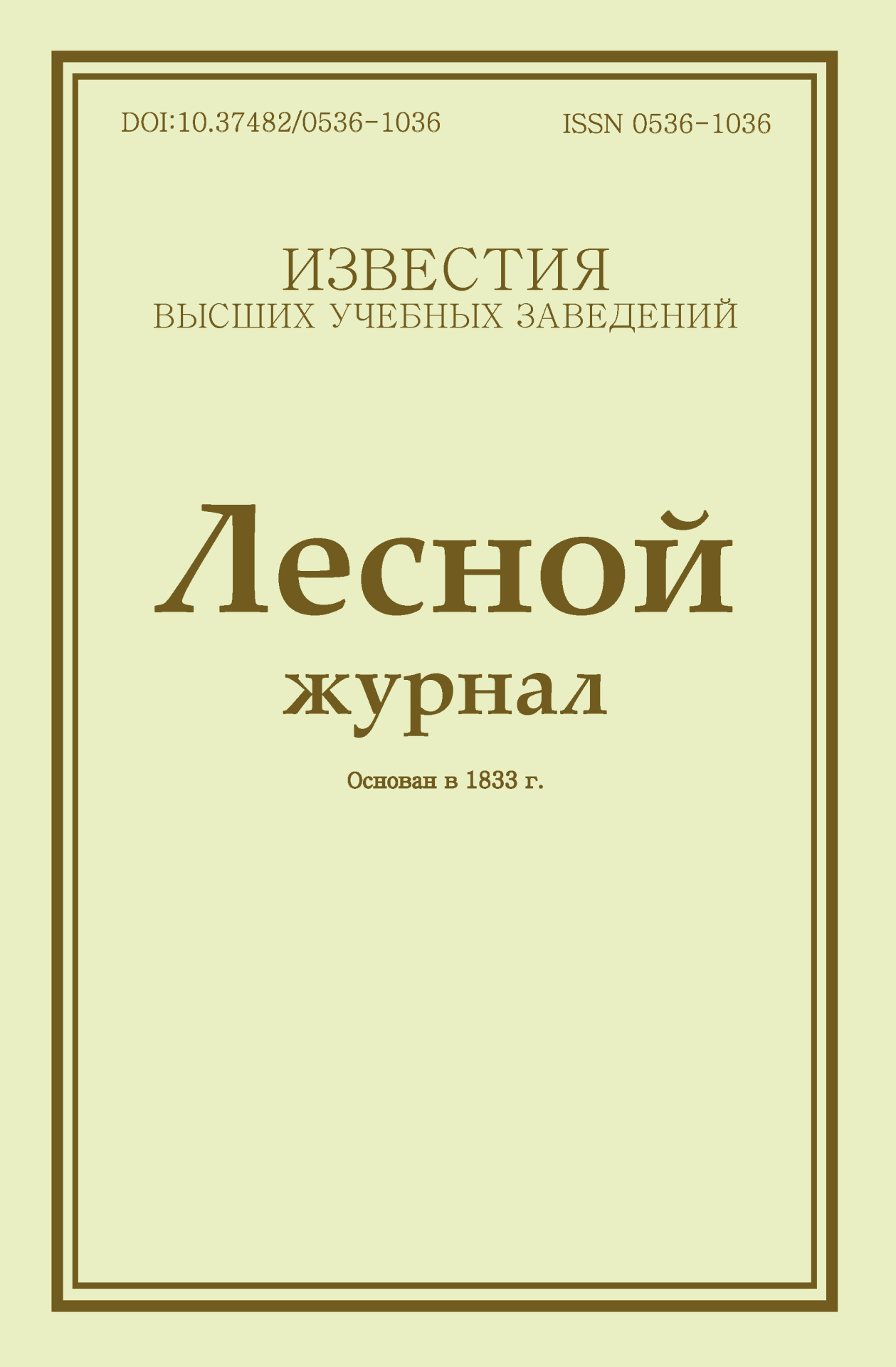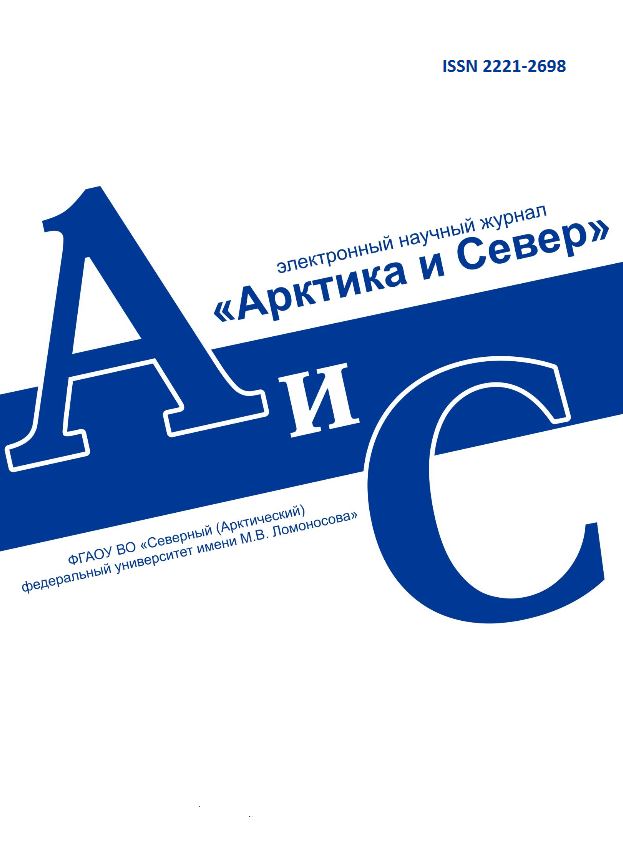Legal and postal addresses of the founder and publisher: Northern (Arctic) Federal University named after M.V. Lomonosov, Naberezhnaya Severnoy Dviny, 17, Arkhangelsk, 163002, Russian Federation Editorial office address: Journal of Medical and Biological Research, 56 ul. Uritskogo, Arkhangelsk Phone: (8182) 21-61-00, ext.18-20
E-mail: vestnik_med@narfu.ru ABOUT JOURNAL
|
Section: Preventive medicine Download (pdf, 0.5MB )UDC613.6.027+665.6/.7-057(470.43)DOI10.37482/2687-1491-Z230AuthorsYulia V. Myakisheva* ORCID: https://orcid.org/0000-0003-0947-511XIrina V. Fedoseikinа* ORCID: https://orcid.org/0000-0003-1436-3331
Natalia A. Mikhailyuk** ORCID: https://orcid.org/0000-0002-8234-6552
(Samara, Russia) **Volga Region Scientific and Technical Centre “SAMEKO” (Samara, Russia) AbstractUrgent tasks of preventive medicine are to assess the health risks of industrial workers and to develop measures aimed to prevent occupational and work-related diseases. The purpose of this article was to, based on a comprehensive analysis of working conditions, study the occupational morbidity among the employees of Kuibyshev Oil Refinery (Samara, Russia) having different working conditions. Materials and methods. The sanitary and hygienic conditions at Kuibyshev Oil Refinery were studied as well as the medical and biological parameters of its workers for the period from 2012 to 2023. Further, based on morbidity data from the company’s electronic database and using the 10th revision of the International Classification of Diseases, health risk assessment for workers was carried out. An analysis of the occupational risk of developing health conditions was performed according to the Russian P.2.2.1766-03 methodology. A total of 2089 people aged 29–60 years (67 % men, 33 % women; average length of service over 20 years) were examined and divided into two groups: the main group (1411 subjects), whose working conditions were classified as harmful (class 3 hazard), and the comparison group (678 subjects) with acceptable working conditions (class 2 hazard). Results. According to the hygienic criteria, working conditions at Kuibyshev Oil Refinery qualify as class 3.1–3.2 hazard. Assessment of the occupational factors showed that the concentration of toxicants in the air of the working areas and intense industrial noise together with heavy physical exertion trigger the development of work-related digestive (34.9 ± 1.1 % of cases, at p < 0.05), respiratory (16.9 ± 1.2 % of cases, at p < 0.05) and musculoskeletal (13.4 ± 0.9 % of cases, at p < 0.05) pathologies. Causal relationships were established between occupational risk factors and the development of diseases of the organs of hearing and respiratory organs (etiological fraction was 93.59 and 72.63 %, respectively). In the final assessment, the risk of developing occupational disease was, on the whole, classified as medium, which calls for a series of occupational risk reduction measures.Keywordsoccupational morbidity, risk of developing occupational disease, oil refining industry, harmful occupational factors, health of oil refinery workersReferences
|
Make a Submission
INDEXED IN:
|
Продолжая просмотр сайта, я соглашаюсь с использованием файлов cookie владельцем сайта в соответствии с Политикой в отношении файлов cookie, в том числе на передачу данных, указанных в Политике, третьим лицам (статистическим службам сети Интернет).




.jpg)

